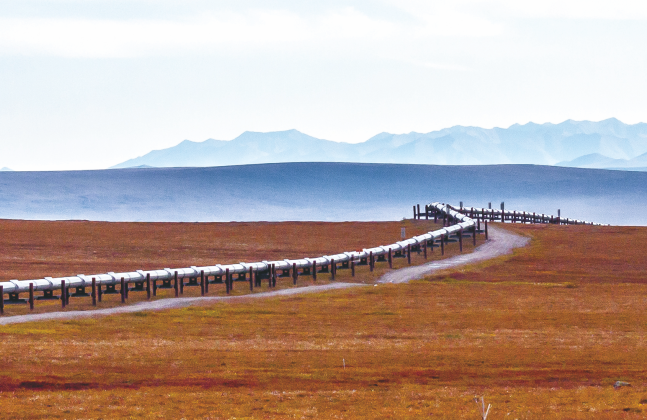Nepal and India may shortly have a cost-effective and environment-friendly alternative means of cross border fuel supply instead of transporting it by road.
Nepal and India may shortly have a cost-effective and environment-friendly alternative means of cross border fuel supply instead of transporting it by road. Nepalese Prime Minister KP Sharma Oli and his Indian counterpart Narendra Modi have jointly laid the foundation stone for Motihari-Amlekhgunj Pipeline project in April 2018. It is the first transnational fuel pipeline between Nepal and India.
The project was initially conceptualised in 1995, but it has gained significance and shape only after the Nepal and Indian governments signed an agreement on August 25, 2015. Nepal has identified Amlekhgunj-Raxaul-Motihari oil pipeline as a national priority project.
The pipeline project was approved by Indian Oil Corporation Limited (IOC) at a total cost of `324 crore in September 2015. Subsequently, Nepal and India have agreed to invest `2.75 billion for the project of which the Indian Government is investing `2 billion while Nepal will contribute `750 million. The 69km long pipeline will have design throughput capacity of 2.0 million tonnes per annum.
The pipeline will bring petroleum from Motihari in Bihar to Nepal Oil Corporation’s (NOCs) depot located at Amlekhganj. Pumping facilities will be installed at the IOC depot in Motihari. Out of the total 69km the pipeline will have 32.7km falling in Indian territory and 36.2km in Nepal.
Indian construction company Likhiya Infrastructures has been awarded the pipeline construction project with the completion deadline of 15 months. Simlesh Limited of Maharashtra will manufacture steel pipes used in the project.
Moti Prabha Infra Techwill wet up four vertical fuel storage tanks at the Amlekhgunj depot of NOC. These tanks have a combined storage capacity of 13,400 kilolitres. Two of the tanks can hold 3,900 kilolitres each and the other two tanks can hold 1,500 kilolitres and 4,100 kilolitres respectively. Pipe laying from Motihari to Raxaul is completed.
The pipeline project was initially stalled for two years due to slow progress in conducting a detailed engineering survey, acquiring land and calling for tenders. The pipeline laying works began in March 2018. The project was stopped again due to the forest clearance issue in Nepal, as the pipeline moves through the Parsa Wildlife Reserve and a few other community forests.
Currently, pipeline laying work is being continued at full swing at the eight kilometer stretch inside Parsa National park which is expected to be completed soon.
The Motihari-Amlekhgunj pipeline project will fulfill major chunk of Nepal’s fuel requirement that amounts to 7 million litres daily. The pipeline will supply around 60 per cent of the total demand for diesel in Nepal. Currently the petroleum products including motor spirit, superior kerosene oil, high speed diesel, LPG and aviation turbine fuel are carried using tank-trucks and tankers through road movement, which is often affected by frequent road blockade at the Indo-Nepal border. IOC supplies these petro products from its Barauni Refinery and Raxaul depot in Bihar to Amlekhganj depot of NOC.
The project is aimed at eliminating the vagaries of transportation by tanker truck. About 200,000 litres diesel can be imported in an hour upon completion of the project, which would help reducing the transportation and leakage costs, which total over `1 billion.








